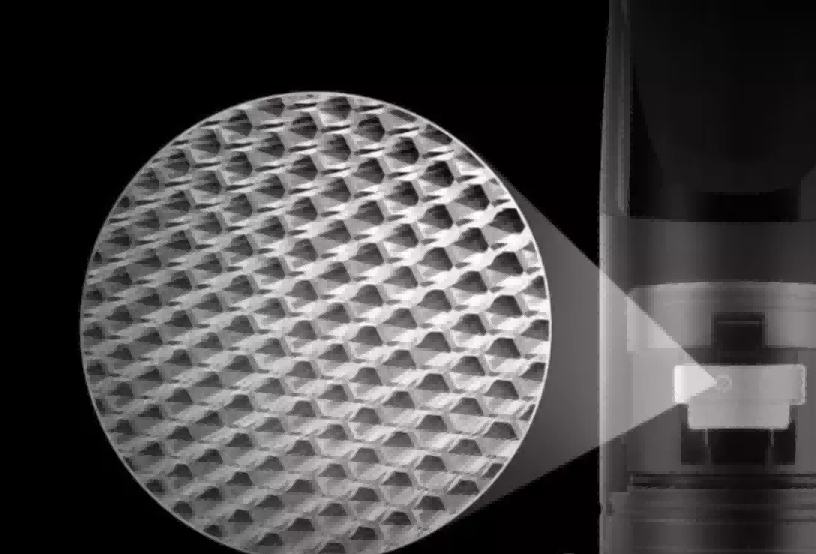In industrial heating, vaping, and catalytic applications, coil technology directly determines efficiency, longevity, and performance consistency. Among our core offerings, honeycomb ceramic and mesh coils stand out for distinct advantages, while traditional wire-wound coils remain relevant for specific scenarios. Below is a detailed performance comparison to guide technology selection.
1. Honeycomb Ceramic Coils: Stability for High-Demand Environments
Constructed with porous ceramic structures featuring parallel honeycomb channels, these coils excel in high-temperature and corrosive conditions. Their design delivers exceptional thermal stability—capable of sustained operation at 600–800°C with minimal thermal expansion. A key advantage is their 90% thermal efficiency, achieved through far-infrared radiation that enables uniform, internal heating of target materials.
In catalytic applications like VOC treatment, honeycomb ceramic coils maintain structural integrity under thermal cycling, though wire-mesh honeycombs often outperform them in mass transfer at extreme temperatures. Their non-reactive surface ensures pure flavor in vaping by avoiding material leaching, but brittleness and higher manufacturing costs (due to precision molding requirements) limit use in high-impact settings.

2. Mesh Coils: Efficiency for Rapid, Uniform Heating
Mesh coils utilize woven metal sheets (often 904L stainless steel) to create a large, thin heating surface. This design eliminates “hot spots” common in wire coils and reduces heating time by 30–50% compared to traditional alternatives. Their low mass enables power efficiency, allowing single-battery devices to match the vapor output of dual-battery systems.
In vaping, mesh coils produce dense vapor clouds and consistent flavor, though their vapor tends to feel “drier” than wire coils. For industrial heating, simulations show that adjusting mesh density and series-parallel configurations further enhances temperature uniformity, with deviation rates below 2.4%. While more durable than wire coils, their metal composition makes them susceptible to corrosion in chemical environments.

3. Comparative Analysis & Application Guidance
| Performance Metric | Honeycomb Ceramic | Mesh | Traditional Wire-Wound |
|---|---|---|---|
| Thermal Efficiency | ~90% | ~85% | ~75% |
| Lifespan | Longest (resists burning) | Medium (2x wire lifespan) | Shortest (hot spot damage) |
| Cost | High | Medium | Low |
| Best For | High-temp industrial heating, pure flavor vaping | Cloud-chasing vaping, rapid heating systems | Low-cost, low-power consumer devices |
The choice hinges on priority needs: honeycomb ceramic for thermal stability and purity, mesh for efficiency and rapid response, and wire-wound for cost-sensitive applications. By aligning coil technology with operational demands, users optimize performance while controlling lifecycle costs.

